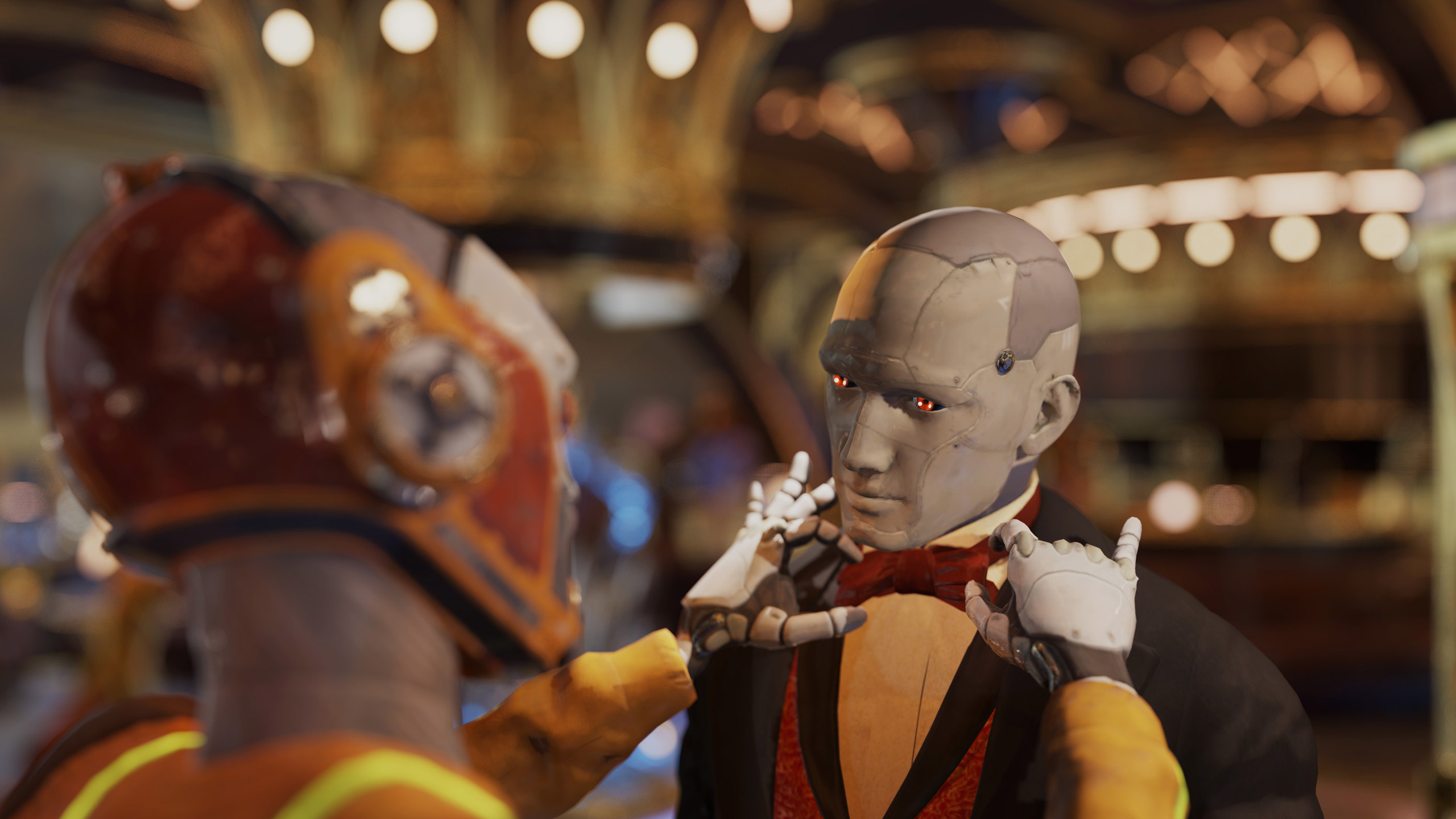3DMark has just been updated for Port Royale DLC owners to include a DirectX Ray Tracing feature test.

Description
The DirectX Raytracing feature test measures pure ray-tracing performance. Use this test to compare the performance of dedicated ray-tracing hardware in the latest graphics cards. In this feature test, there is a minimal amount of traditional rendering. The result of the test depends entirely on the ray-tracing performance of the graphics card.
Method
Instead of using traditional rendering, the whole scene is ray-traced and drawn in one pass. Camera rays are traced across the field of view with small random offsets to simulate a depth of field effect. The frame rate is determined by the time taken to trace and shade a set number of samples for each pixel, combine the results with previous samples and present the output on the screen. You can change the sample count to see how it affects performance and visual quality. The rendering resolution is 2560 × 1440.
Rendering
There is a minimal amount of traditional rendering in this test. Instead of drawing a GBuffer or using a rasterizer at all, camera rays are traced in a compute shader with random offsets to simulate a depth of field effect. To keep light computation to a minimum, image-based lighting is used in addition to a baked light map.
Sampling
Camera rays are randomized with per-pixel offsets. There are 12 samples for each pixel when running the test with default settings. When the camera is stationary, samples are accumulated at a rate of 12 samples per pixel per frame. This improves the appearance of the depth of field effect from slightly grainy to smooth over the span of several frames. When the camera moves, a light motion blur is applied to reduce the noise that is a natural result of this ray-tracing technique.
Implementation
The test measures the peak ray-traversal performance of the GPU. All other work, such as illumination and post processing, is kept to a minimum. The ray tracing acceleration structure is built only once. As the scene is static and non-animated, there is no need to update the acceleration structure during the test. The test casts primary rays only. The rays are approximately sorted by direction on the CPU during the test initialization, which is possible because the sampling pattern in screen space is known beforehand. Generating the optimal ray order during initialization allows more coherent ray traversal for out-of-focus areas without the run-time cost of sorting
With the default sampling rate, the frames are very noisy - performance is, unsurprisingly, quite low:
https://www.3dmark.com/3dm/52465357? - average fps = 21.66 fps
Changing the sample rate from the default 12 to 20 pretty much halves the frame rate, but does little to improve the noise (it's especially poor during motion). It is, of course, a feature test to compare DXR performance, specifically the handling of the BVH checking and ray-triangle intersection calculations (as accelerated by the ray tracing units in Turing, Ampere, and RDNA 2) rather than denoising implementations.

Description
The DirectX Raytracing feature test measures pure ray-tracing performance. Use this test to compare the performance of dedicated ray-tracing hardware in the latest graphics cards. In this feature test, there is a minimal amount of traditional rendering. The result of the test depends entirely on the ray-tracing performance of the graphics card.
Method
Instead of using traditional rendering, the whole scene is ray-traced and drawn in one pass. Camera rays are traced across the field of view with small random offsets to simulate a depth of field effect. The frame rate is determined by the time taken to trace and shade a set number of samples for each pixel, combine the results with previous samples and present the output on the screen. You can change the sample count to see how it affects performance and visual quality. The rendering resolution is 2560 × 1440.
Rendering
There is a minimal amount of traditional rendering in this test. Instead of drawing a GBuffer or using a rasterizer at all, camera rays are traced in a compute shader with random offsets to simulate a depth of field effect. To keep light computation to a minimum, image-based lighting is used in addition to a baked light map.
Sampling
Camera rays are randomized with per-pixel offsets. There are 12 samples for each pixel when running the test with default settings. When the camera is stationary, samples are accumulated at a rate of 12 samples per pixel per frame. This improves the appearance of the depth of field effect from slightly grainy to smooth over the span of several frames. When the camera moves, a light motion blur is applied to reduce the noise that is a natural result of this ray-tracing technique.
Implementation
The test measures the peak ray-traversal performance of the GPU. All other work, such as illumination and post processing, is kept to a minimum. The ray tracing acceleration structure is built only once. As the scene is static and non-animated, there is no need to update the acceleration structure during the test. The test casts primary rays only. The rays are approximately sorted by direction on the CPU during the test initialization, which is possible because the sampling pattern in screen space is known beforehand. Generating the optimal ray order during initialization allows more coherent ray traversal for out-of-focus areas without the run-time cost of sorting
With the default sampling rate, the frames are very noisy - performance is, unsurprisingly, quite low:
https://www.3dmark.com/3dm/52465357? - average fps = 21.66 fps
Changing the sample rate from the default 12 to 20 pretty much halves the frame rate, but does little to improve the noise (it's especially poor during motion). It is, of course, a feature test to compare DXR performance, specifically the handling of the BVH checking and ray-triangle intersection calculations (as accelerated by the ray tracing units in Turing, Ampere, and RDNA 2) rather than denoising implementations.